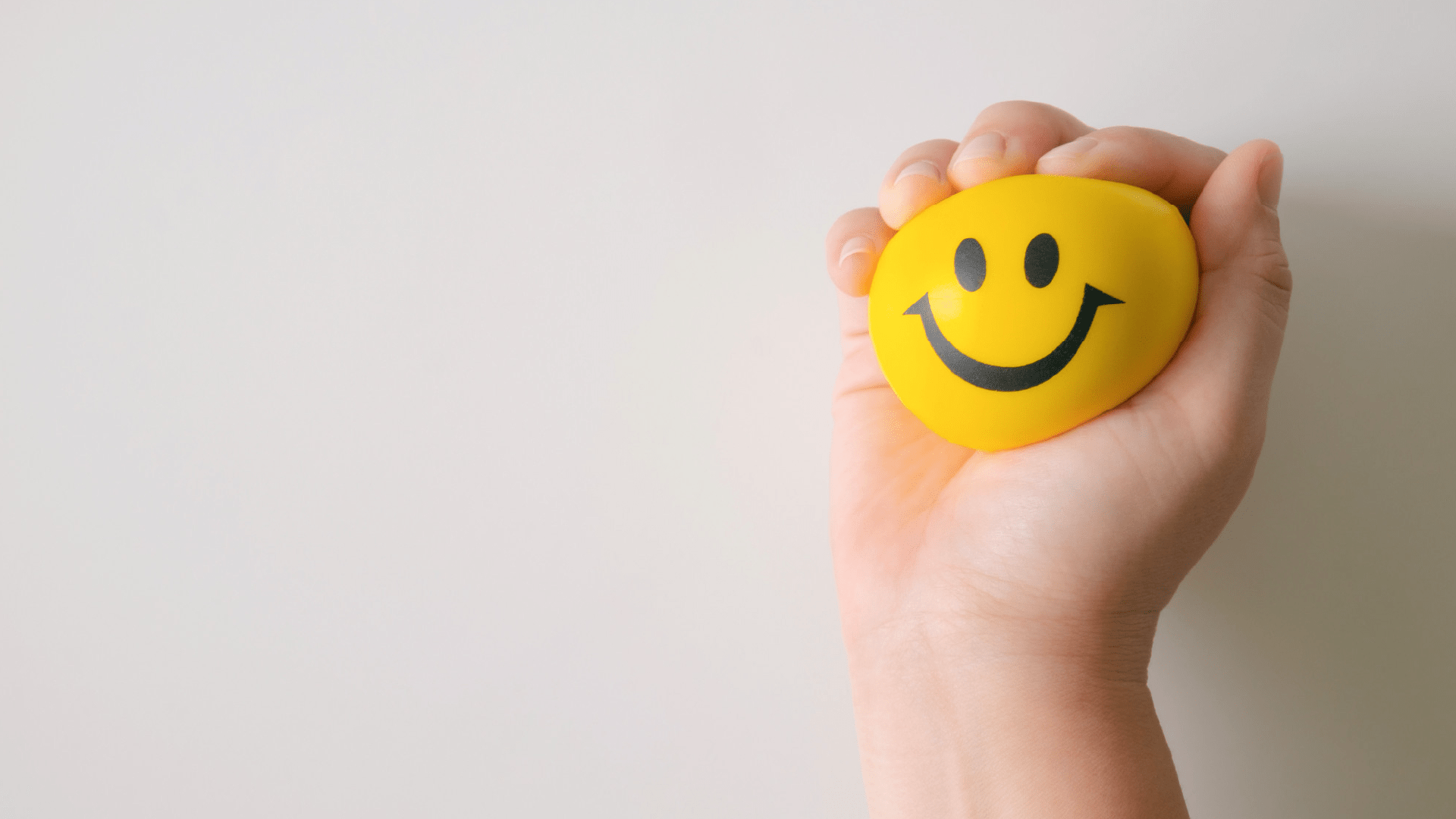Introduction
As we move forward, we get into more complex lifestyles and get intertwined in the daily proceedings of life. Commutes, work patterns, or relationship issues take a toll on our physical and emotional well-being. Now there are many solutions to deal with these situations. However, the most simple and effective of them is Pranayama. Accordingly, Ujjayi pranayama is one of this yoga. No subscription and no expensive equipment are required. Select any quiet place you like, and you are ready to go. Let’s get into the details.
Our Wellness Programs
What is Ujjayi Pranayama?
Ujjayi breath means “breath of victory.” So Ujjayi Pranayama is the most common type of breathing exercise we do in yoga. Experts refer to it as the practice of breathing or breathwork.
Therefore ujjayi Pranayama is about achieving freedom from all kinds of bondages at a deeper spiritual level. However, there is an expansion in the belly and chest in the ujjayi breath. So this breathing technique boosts your confidence and has the potential to make you feel like you have won a war and are a victorious warrior. It is the reason it’s referred to as the breath of victory. The word ‘victory’ also implies that you have gained mastery.
In Yoga, Ujjayi breathing is synonymous with ‘the ocean breath.’ As air enters the throat, it resembles the sounds of ocean waves. This technique builds heat in the body and relaxes the mind. This breathing is suitable for all ages, from beginners to advanced practitioners. It deepens, enhances, and empowers hatha yoga practices.
Looking for services related to this subject? Get in touch with these experts today!!
Experts

Banani Das Dhar

India
Wellness Expert
Experience: 7 years

Shariha

India
Psychologist
Experience: 8 years

Preethi Jain

India
Psychologist
Experience: 15 years

Devika Gupta

India
Wellness Expert
Experience: 4 years
How to do Ujjayi Pranayama?
- If you are uncomfortable sitting on the floor erect, sit on a firm chair with your back upright. Keep your waist straight and the spine erect. You can keep your eyes closed.
- Restrict your throat and keep the mouth closed.
- After a short exhalation, start inhaling slowly in one long and continuous breath.
- Continue to inhale until you cannot breathe in anymore.
- Retain the inhaled air for 6 seconds and later double the inhalation period with practice.
- The inhalation process is slow, long, unbroken, and without any jerks. Relax the facial muscles and ensure that the nose is not restricted.
- Avoid jerks and brisk movements. Exhale as naturally as possible.
- Take a few normal breaths and relax.
Yoga Breathing Techniques: Five Ujjayi Pranayama Steps
Step-by-step instructions
- Sit in a comfortable position with shoulders relaxed and eyes closed. Be aware of your breath without controlling it. Try to inhale and exhale through your mouth.
- Now focus on your throat and restrict the airflow when you exhale. While inhaling, you will hear a soft hissing sound.
- After adjusting the exhalation, begin the same restricted inhalation procedure. This inhalation produces a soft hissing sound, also known as the sound of the ocean.
- Close your mouth and start breathing through your nose once the rhythm of inhalation and exhalation is under control. Apply the same rhythm to your throat when the mouth is open. You can still hear the sound of the breath coming from the nose. The name ujjayi is a derivative of this specific sound.
- Consider using this breath for your subsequent practice. Remember this technique or breath, and apply it when you need some support.
Benefits of Ujjayi Pranayama
Doing ujjayi Pranayama has many potential benefits to the body, brain, and heart:
- Slow, repressed breathing helps generate internal body heat, which allows you comfortably stretch and helps your body prepare for yoga.
- The controlled diaphragmatic breathing process massages the internal organs and helps stimulate the digestive system. It will help you in detoxification and in reducing phlegm.
- It aids inner well-being and boosts your presence of mind and awareness. The ujjayi Pranayama directly correlates the mind, body, and spirit to the present moment and improves concentration.
- It enhances your energy and stamina. You can use this Pranayama in many genres of yoga, such as Ashtanga, Jivamukti, and power yoga.
- It motivates the release of muscular tension and activates your nerves. This Pranayama makes you calm.
- These deep breaths increase air volume, strengthen the diaphragm, and improve respiratory efficiency.
- Ujjayi Pranayama lowers blood pressure and slows the heart rate, helping to calm the mind and reduce anxiety.
- Ujjayi breath helps open up the sinuses to relieve sinus pressure and pain from headaches.
Ujjayi Pranayama for Beginners
- Beginners must understand that they should only attempt this breathing technique when comfortable and relaxed.
- A common mistake that beginners make is that they start breathing through their mouths to produce sound. Mouth breathing can have an adverse effect.
- It would be best not to try ujjayi with bandhas as a beginner because beginners typically tighten their throats too firmly.
- It will take time to learn and master breathing techniques like ujjayi Pranayama, so beginners must not get disheartened if they cannot perform this breathing technique correctly at the start.
Conclusion
However, ujjayi Pranayama provides yoga practitioners with many benefits, owing to which many practitioners incorporate it into their lives. so it has proven to improve and balance the central nervous system by activating the parasympathetic system. Thus, it can be practised for mental relaxation and reducing stress in daily life.
https://en.wikipedia.org/wiki/Ujjayi
















